What is blockchain technology and Why is it so important?

In my previous article I talked about several technologies, which in my opinion were going to be among the most used this 2018. In this and the next articles we will talk with a little more detail about each of these technologies, starting with the one we all know, the blockchain.
This is the story about the origin of Bitcoin's blockchain technology, the goal of its creators and the scope of its applications.

To understand what blockchain is and how this technology emerged, we must mention the name of Satoshi Nakamoto, whose identity is unknown to date. In November 2008, under that pseudonym an article entitled Bitcoin: An electronic cash system of Peer-to-Peer on the cryptography mail list metzdowd.com was registered. The text details how to use a computer network to create a digital transaction system, what we know today as a chain of blocks or blockchain.
Unlike traditional currencies that are issued by a central institution that supports them such as the Federal Reserve of the United States (Fed), or the European Central Bank (ECB), the Satoshi's goal was to stand up to the institutions by creating a decentralized system in which nobody had power over the issue of the currency. What he did was create a program that anyone can download to a computer to issue Bitcoin. MinerGate, GUIMiner or CGMiner are some of the most popular cryptocurrency mining programs. Once installed, it connects and forms part of the large network of computers that make up the chain of blocks and becomes an issuer of the cryptocurrency. In January 2009, Nakamoto launched the first Bitcoin software to the network and with it the first digital coins.
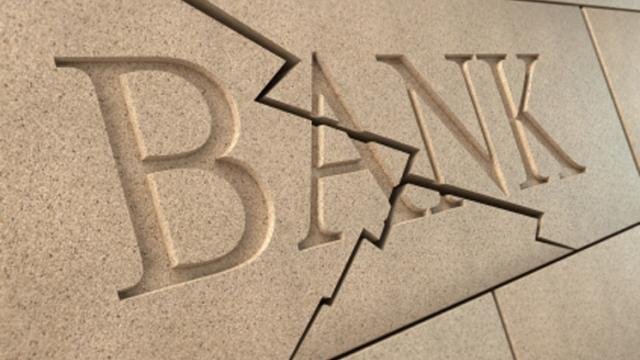
A perfect and unforgeable record book
The biggest innovation of the blockchain technology is that it keeps a perfect record of each transaction that is made with each Bitcoin, including from its mining to each subsequent sale of the same.
"All the computers have to download the blockchain program and start mining Bitcoin and validate it before the payment happens. It has to be copied in all, it is the same process...
...Bitcoin is not falsifiable because it is a network. The blockchain technology is a coin that combines two things: a perfect record, unforgeable, with a complete history of transactions."
-Amín Vera, chief economic analyst at Black Wallstreet Capital Mexico.
Suppose that the blockchain network is housed in a total of 1000 computers. Each time a computer has completed the mining of a Bitcoin, each of the 1000 computers will record in its log book or file the creation of that digital currency. The same procedure will be repeated every time that bitcoin is sold from one person to another. Amín Vera added:
"As in the real deposits you make, but there is still a time before you get the money. So in order you get the Bitcoin you bought, this file has to be sent again to the internet and all the other computers that are being mined. Absolutely everyone mining Bitcoin has a copy of that book "
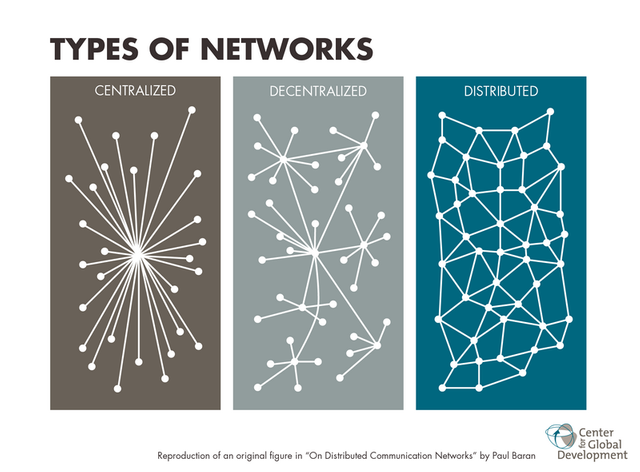
To accelerate this process and allow faster transactions, in August, Bitcoin was divided into two: Bitcoin Cash (BCH), which requires the movement record to be copied to 35% of the blockchain to validate the purchase of the digital currency, and Bitcoin Classic (BTC), which requires 75%, because originally 100% was needed. Eventually, the file is copied across the entire network.
"In order to give you a classic Bitcoin, your payment took approximately two days to pass. The more computers there are, the longer it takes to pass them all. Bitcoin Cash, by reducing the number of computers that have to validate it, took minutes."
-said Amín Vera.
Bitcoin technology
All cryptocurrencies are based on this same bitcoin or blockchain technology. To mine a digital currency, the computer receives through the program a mathematical problem of computation, called block, that the machine must solve. You are paid with the cryptocurrency every time you throw the answer to a new problem. The cost of mining a bitcoin represents the consumption of electricity and the wear of the computer to solve the assigned equation.
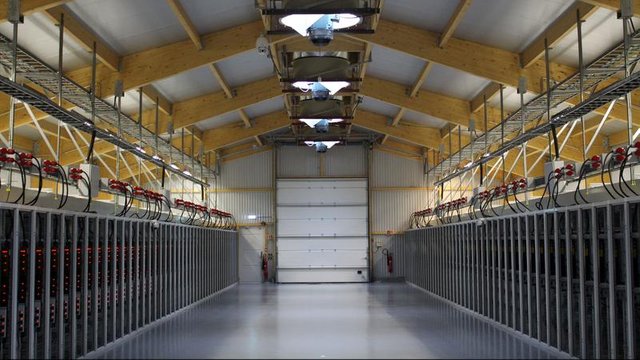
"The Bitcoin has, unlike other cryptocurrencies, an essential part that has made the price go very high," said Vera, and highlighted:
"The blockchain program is configured so that by 2140, no more than 21 million bitcoins can be generated no matter how many computers you put to mine. How do you do this? Through a program that increases the difficulty. That is another of the wonders of Bitcoin, it self-regulates."
Bitcoin self-regulates by making difficult the level of complexity of the computational mathematical equations that the computer must solve by block. The program is configured so that each time that 2016 blocks are resolved, the block creation rate is adjusted automatically. In this way the process occurs constantly every two weeks.
The number of bitcoins generated per block is programmed to decrease geometrically, with a 50% reduction every 210,000 blocks or the equivalent of about four years. In this way, the mining of Bitcoin distributes the 21 million units so that the last one is issued on May 7, 2140. Therefore, the more people there are mined, the longer it takes for the computer to solve the equation, since the level of difficulty adjusts automatically. The logic of many of these constants was never justified by Satoshi.
"The complexity of this problem that you send to your computer is becoming higher or lower depending on the demand that there is for Bitcoin. If there are 100 thousand people who are mining Bitcoin, the program will increase the difficulty in such a way that you will take more time to solve the problem. Before there were few people, you took a day to solve the problem and they gave you a Bitcoin. Now that there are 100 thousand people undermining, the problem is much more difficult and you take much longer to reach the solution. "
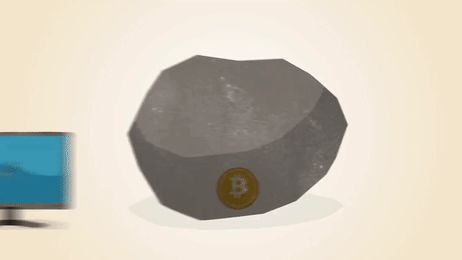
This point has caused debate because the growing demand for Bitcoins is increasing in a directly proportional way the energy cost required by the mining or mining system of the digital currency, since the increase in the level of difficulty also represents a greater wear of electricity and the computer itself.
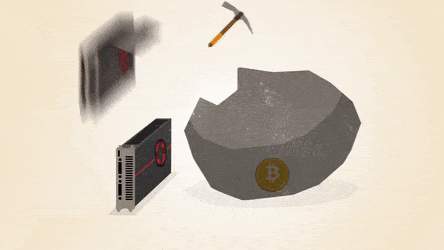
It is unbreakable, but it had a historical breach
Suppose a hacker manages to hack the blockchain network on a computer and forge a Bitcoin. At the moment of wanting to sell it, the chain of blocks will not know the digital currency when verifying its history with the file of each record book. It is because of this characteristic that the chain of blocks is considered to be unforgeable, incorruptible and unbreakable. Although it is not perfect either, it did have a failure a couple of years ago that was not minor.
On August 6th, 2010, it was the only time in the history of Bitcoin that an important failure in the security of the blockchain protocol was detected and then exploited. The transactions were not verified properly before being included in the block chain, which allowed to avoid the economic restrictions of the digital currency and create an indefinite number of Bitcoin.
On August 15th, the vulnerability was exploited and more than 184 billion bitcoins were generated in a single transaction. Although they were sent to two addresses in the network, it was detected in a matter of hours and deleted from the blockchain. The first version of the Bitcoin protocol was later updated throughout the network.
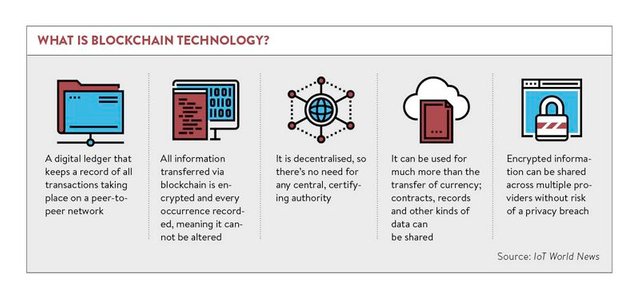
The uses of blockchain
Blockchain can be applied to all finances. One of its possible uses are remittances, saving the type of changes and shipping taxes. Not for nothing banks have also wanted to appropriate this technology, but centralized, creating its own digital currency, the Ripple.
Each cryptocurrency has its own "turn". For example, Ethereum does not increase the degree of difficulty of the block. When the mining of ethers was unlimited, its price remained constant. However, when its creator decided to copy Bitcoin and delimit a finite amount of Ethereum, the price skyrocketed.

Bitcoin allows you to see the history of the currency through the digital wallets through which it has passed, explained Vera. However, it does not allow you to know who made the transaction since only the wallet number appears, but not the IP address. That's why transactions can not be traced.
A digital currency recently emerged as a proposal to not uselessly waste the electricity invested in solving problems with the blockchain technology: Golem. This allows you to buy and sell computer resources.
"Golem's idea is to create a supercomputer (Peer-to-peer or P2P), the largest computer that the world has seen because it will not send you random problems, like Bitcoin does. What Golem do is that he throws you into modeling, for example, of atomic explosions or calculating trajectory of planets. When radio telescopes download a lot of information, and there is not such a large computer that can process it fast, then those telescopes can upload that problem to Golem and the computers that are mining Golem are helping to solve that model, "
That's why a lot of cryptocurrencies have emerged, as DentaCoin to pay dentists or PotCoin to anonymously pay marijuana legal transactions in the United States. In Las Vegas, even a strip club already accepts as payment the TiltCoin cryptocurrency, which is used to buy things on adult sites. Of course, this has also led to fraudulent digital currencies. However, what is transcendental is the chain of blocks.
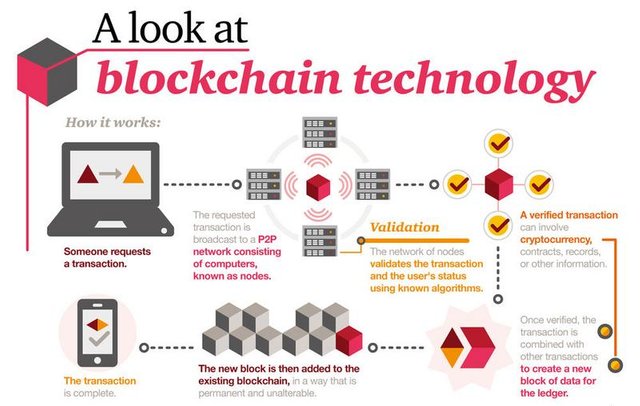
The blockchain technology has the ability to revolutionize the world. Bitcoin and blockchain offer the opportunity to build a system as complex as you want, as or more complex than the current financial system but which is not based on the dollar or any other currency, is based on a decentralized value. From there you can do with Blockchain everything you do with money: you can make a system of payments, deliveries, microcredit, create mortgages, buy cars, finance yourself to start a business. It is changing the paradigm, it is creating a new dollar, but a new dollar that is not controlled by the United States.
Nakamoto and the anarchist nature of Bitcoin
Let's go back to the mysterious story of Satoshi Nakamoto, since his true identity is unknown and we do not even know if he is an individual or several. The most accepted version is that the blockchain technology was created in 2008 by a group of about five or six people. Their goal was to preserve anonymity, so they launched the block chain under that pseudonym.
In March 2014, the American magazine Newsweek reported that the supposed creator of Bitcoin was Dorian Satoshi Nakamoto. The Japanese-American, then 64 years old, denied being the creator of Bitcoin. "When Bitcoin reached $ 5,000, everyone started saying, 'Who is Satoshi Nakamoto?', And worst of all, they found it. Satoshi Nakamoto is a Japanese programmer who curiously lived about five streets from where the hub was in which these hackers came together to program. To date Satoshi Nakamoto says "I do not know what they're talking about, I've never seen a Bitcoin, I do not know what Bitcoin is."
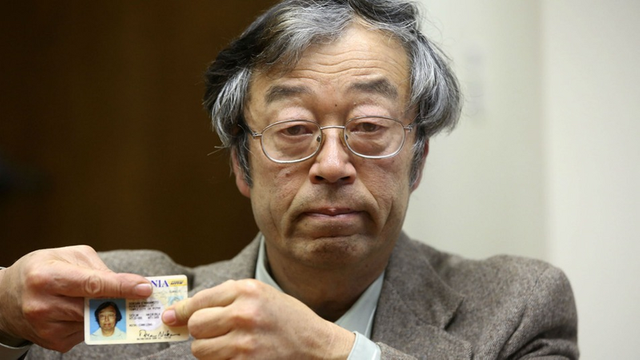
After the release of Blockchain, it is estimated that Nakamoto mined a million bitcoins in the first days. Other programmers joined the project in mid-2010 and at one point handed over the reins to developer Gavin Andresen, who later became the leader of the Bitcoin Foundation and later abandoned the project. Nakamoto disappeared for a while and was not heard from until 2013, when it was said on the internet that his fortune was already over 400 million dollars because of his creation.
In 2016, Australian Craig Wright assured the media that he was Satoshi Nakamoto. As evidence used digital currencies that the Bitcoin community recognizes belonged to its creator, as blockchain notes everything as we have explained. The most surprising thing is that Andresen himself published a blog confirming this statement, although many still remain skeptical.
Over time new potential candidates have emerged such as the Japanese mathematician Shinichi Mochizuki. Many other possible creators have also been ruled out, such as the Irish student Michael Clear, the sociologist Vili Lehdonvirta or Kevin Groce, responsible for one of the operations to mine Bitcoin in the United States. Whoever is the creator of the Bitcoin or Blockchain technology, he was nominated for the Nobel Prize in Economics in 2015 and, until December 2017, it is estimated that he has a million Bitcoin fortune.
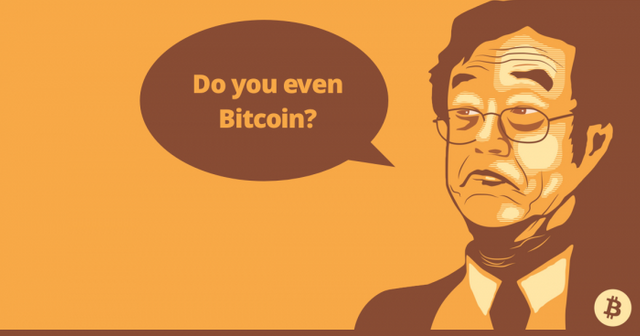
As I mentioned at the beginning, this system was created to decentralize the power of institutions and instead put it in the hands of the people. "Part of the anarchist ideology is also 'I do not regulate the government at all and my freedom means buying arms, drugs, whatever it is without the government getting involved.' That's why Bitcoin was originally used as a payment system on Deep Web and on Silk Road. In fact, the first milestone that was given to Bitcoin was when they knocked down Silk Road.
"Blockchain technology and Bitcoin is the most successful anarchist experiment since the civil war in Spain or from the commune of Paris. It is one of the concretions of the anarchist idea, it returns power to the people. The only discrimination that makes you is that you have a computer. That is part of his genius: he is decentralized, he is anonymous, but at the same time he is unknowable and unforgeable."

Thank you very much for reading, leave your opinion in the comments. How much will this Bitcoin and Blockchain stuff keep going? Will it explode soon or is it going to last forever?
Always a pleasure, @michaelizer.

The paragraph starting " Suppose a hacker manages to hack the blockchain network on a computer and forge a Bitcoin." appears twice in this article.
Sorry for it, I get a bit tangled up when editing the post. Once I put the same image 3 times one below another.
Edit: Done, thanks a lot for sharing the error.
No worries, its a great article. Thanks for sharing it!
I think this is here to stay, as the TV was on the 50's and internet in the 00's. No way back from this technology 99,99% sure :)
That's good because I think the same. I could make an article of it one of these days, Big companies around the world are starting to create their own cryptocurrencies or using them.
wow, thank you for sharing. Great post.
Thank you for reading, best wishes.
Very informative! I am very new to this yet and appreciate the history lesson. I look forward to reading more of your posts. Enjoy this day!
Thanks for reading, it will be a pleasure. You too
A very good post. It's rare to see a really lucid description of BTC and/or the blockchain. Congratulations on being one of those.
Thanks for the effort to put out a really good article.
Thank you very much for reading.
Great article!
You put some time into this one. A lot of people ask me what is a blockchain. You do a great job explaining it.
Darryl (@dadview) resides in Canada. He is an active member of The Alliance and teamcanada
Check out my Latest Blog
Thank you very much for reading it, and for your words.
BTC being the first digital currency, launched in 2009, is great development towards replacement of centralized management of currency with decentralized management of currency.
Thanks for sharing these informative contents of article.
Very informative
Great article . Thanks for the information. Upvoted
Thanks for reading and supporting. Cheers!